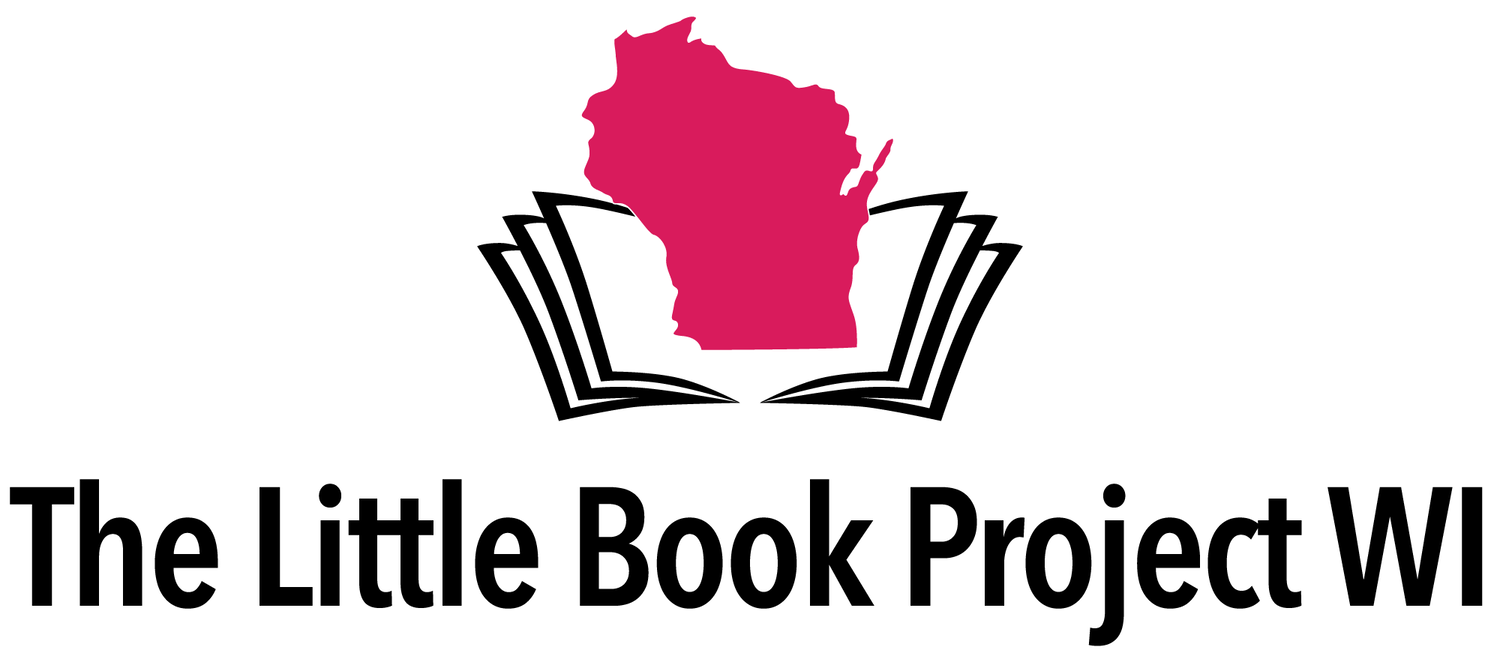Artist Profile: Adam White
Adam White is a multimedia artist whose work explores themes of identity, gender transition, and gentrification. He is the creative business owner of docMyArt, and the Creative Content Manager at the Milwaukee Artist Resource Network (MARN). In all his works, he is perpetually drawn to memorializing the mundane and is proactive in documenting snapshots of his and his peers' everyday life.
1) What are you most excited about in regard to the creative endeavors you're currently working on or are planning to pursue this year?
I’m excited to finalize three new tiers of services for docMyArt, titled “The Visitor”, “The Collaborator” and “The Archivist”. Each is designed to encourage artists to invest in collecting rich and dynamic content that will preserve and tell the story of their career. They’re also designed to build in time for me to organically learn about an artist’s creative drive and vision; and that’s what excites me the most. I think artists are masters at creating their own niche languages and workflow. I very much enjoy learning about the world through artists.
The packages are accompanied with three levels of equipment, “The Pocket Gear,” “The Backpack” and “Rentals”. “The Pocket Gear” is my favorite: an iphone 11 and an early 2000’s Flip Video Recorder. Their small size and automatic settings allow me to be nimble and take risks: like shooting a time lapse from right under a lift while, say, Emma Daisy paints Bayshore’s Rotunda with thick, vivid brush strokes. I can also edit photos quickly on my phone which allows me to offer an accessible service option to artists.
(Artist credit: Emma Daisy, Fridays are for Fun, Milwaukee, WI 2021)
2) Are there any filmmaking or documentary production resources you are fond of and/or have found to be particularly useful?
I got really into this YouTube channel, “Every Frame a Painting” while leading a multimedia teen internship. Myself and the students were equally entertained. But more importantly, the artist video essays gave language to what I’m sure anyone feels when watching a movie or show. And in breaking down techniques, we could apply and elaborate on them in our own work. Or maybe realize that we were on the edge of doing something similar.
I also appreciate his video about Chuck Jones, “The Evolution of an Artist”. He quotes Chuck saying, “All characters are a process of learning.” I think this gives grace to the ups and downs of a studio career. While Jones was learning about his literal characters, this concept to me applies to: a series, new tool, color palette, question—everything. It was a nice reminder to myself to trust the process, plus a great foundation to introduce to young artists.
3) Is there one contemporary cinematic project you've been noticeably affected or influenced by?
I clump cinematography into “image making”: Anything that captures life in real time to tell a story. With that, I was greatly influenced by several projects in Ai Weiwei’s 2012 film “Never Sorry.” I was majoring in Art and Technology at UW-Milwaukee when I first watched the film. Broadly speaking, I felt a sense of empowerment listening to him speak of everyday tools like Twitter being “the most important media of our time.” I could relate to the medium (as in Twitter/social media). Therefore, I could engage with the ideas more deeply then ultimately grant myself permission to claim these tools already at my disposal as a contemporary.
I’ll take a step back and note why I have found tools like smart phones and today’s social media to be so profound. The platforms grant significance to our individual stories—especially since our life’s story is constantly being written everyday. To paraphrase a quote from Ai Weiwei, I remember it something like, You have to capture a lot to capture reality. And it’s that objective that sticks with me: “capture reality.” It’s an overwhelming goal in itself considering how new information is always being learned in addition to changing our understanding of each other, history, environments, etc. However, I find it poetic to try. So I’m deeply inspired to document my peers that are trying as well. I am confident, collectively, we will pass down stories of nuance and new truths to future generations.
(Anwar Floyd-Pruitt, Bayshore Rotunda Installation, Milwaukee, WI 2021)
4) Please share 2 to 3 types of art or specific artists (this can include writers, musicians, filmmakers etc) you wish people were more aware of.
Writing and dance. I love words. They’re not necessarily my greatest creative strength, but I’d love to learn more about how creative writers utilize syntax to tell a story. It’s similar to editing a video in that sense to me. But the isolated act of reading allows for a level of instroprection that I’m drawn to. It’s intimate and vulnerable. I’d love to be able to translate what I see through my lens into short essays.
Dance is about listening and collaboration to me. I took one course in college that made me hyper aware of the rhythmic patterns in our everyday movement. I find it stunning—especially in the artist process. I’d also like to learn more about the partnerships that have taken place in choreography throughout history— their significance and meaning. I imagine there’s a lot to be learned about how we relate to each other through the medium.



